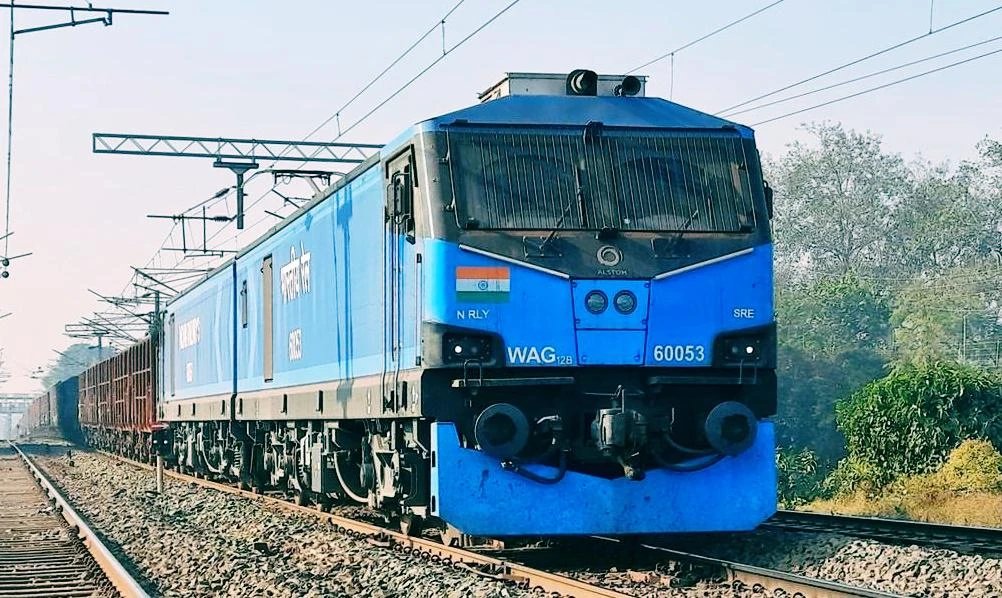India did not enter the "hypersonic missile" group with this missile.
And that thing on the nose is an anomaly, not a feature.
Here's a quick and dirty thread on where this missile lies on the technology spectrum and what it means to India's security.
And that thing on the nose is an anomaly, not a feature.
Here's a quick and dirty thread on where this missile lies on the technology spectrum and what it means to India's security.

The easy thing first. That disc at the top is just the cover of the canister. It's supposed to rupture at launch, but it did not. It got lodged in the nose and was broken only due to aerodynamic forces as the missile achieved speed.
Undesirable, but solvable.
Undesirable, but solvable.
Now, let's come to hypersonic missiles. Hypersonic missiles are any missile that's flying above Mach 5. All missiles from the Agni series do so. All missiles from K-series also do so. 
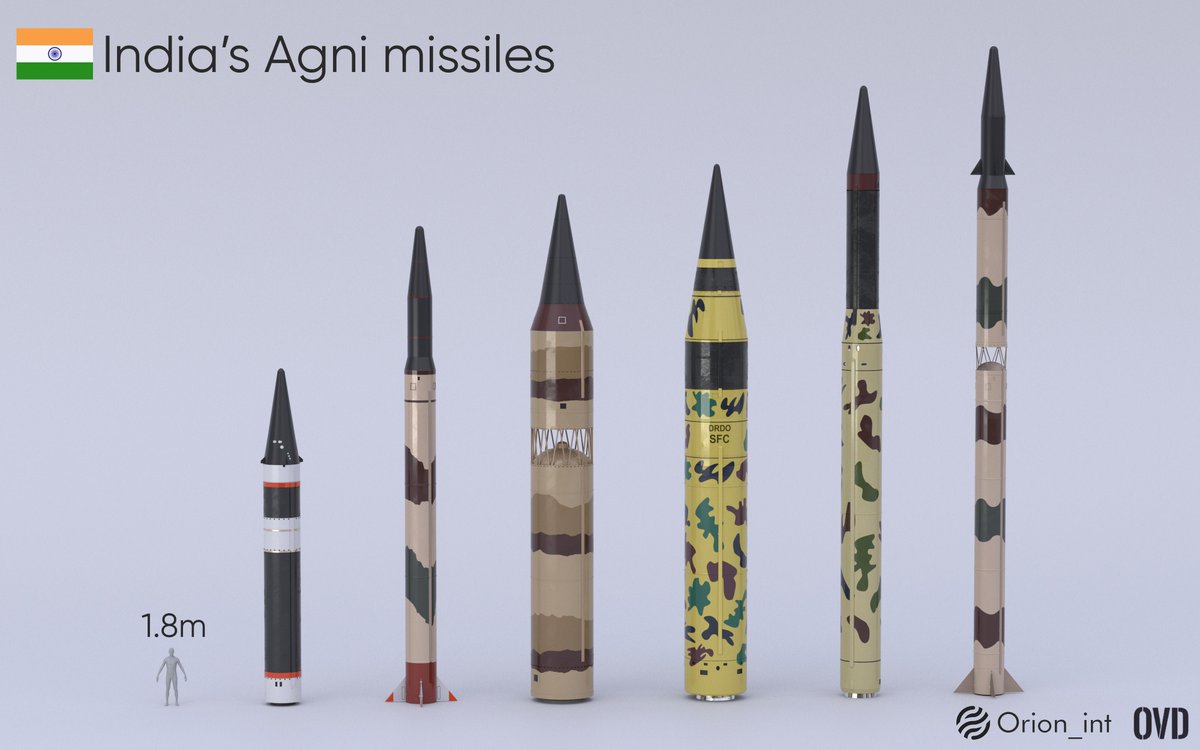
Let's first understand what is happening here. As you studied in high school, to throw a stone far away you must throw it at 45 degrees to the horizontal and throw it is as hard as you can.
The closer you are to 45 degrees, and the faster you throw, the further the stone goes.
The closer you are to 45 degrees, and the faster you throw, the further the stone goes.
That's called a minimum energy ballistic trajectory. shown by the black line here. That's fine and dandy as long as we don't take three things into account.
1. inaccuracies of manufacturing of the missile,
2. atmosphere, and
3. the chances of interception
1. inaccuracies of manufacturing of the missile,
2. atmosphere, and
3. the chances of interception

Because of the first 2 aspects, inaccuracy and atmospheric interference, your projectile will deviate from its target. This deviation is typically a fraction of the range. But at thousands of kms range, you will miss your target by kms even with the slightest of deviations.
So, you need some kind of trajectory correction once you reenter. This is what you see in MARV warheads on Agni-2 and Agni-1P.
Think of them as a badminton shuttle cock. The fins are used mostly to correct for error.
Graphics by somebody else.
Think of them as a badminton shuttle cock. The fins are used mostly to correct for error.
Graphics by somebody else.

With these corrections, you can change your error from a few kms to a few 100s of mtrs in Agni2's case and to few 10s of mtrs in Agni 1P's case.
They can also maneuver the reentry vehicle to a certain extent to evade interception.
They can also maneuver the reentry vehicle to a certain extent to evade interception.
In the case of the Agni series, the enemy can see the approaching warhead for minutes. If they have a modern ABM, it can identify the best interception point and path in a few seconds.
But the MARV warheads will maneuver itself just enough to make that interception point invalid
But the MARV warheads will maneuver itself just enough to make that interception point invalid
So MARV is a hypersonic re-entry vehicle which maneuvers to increase precision and avoid interception. And India got there in the early 2000s.
But India went a step forward with the K-15 missile and its derivatives like Shaurya and Pralay.
But India went a step forward with the K-15 missile and its derivatives like Shaurya and Pralay.
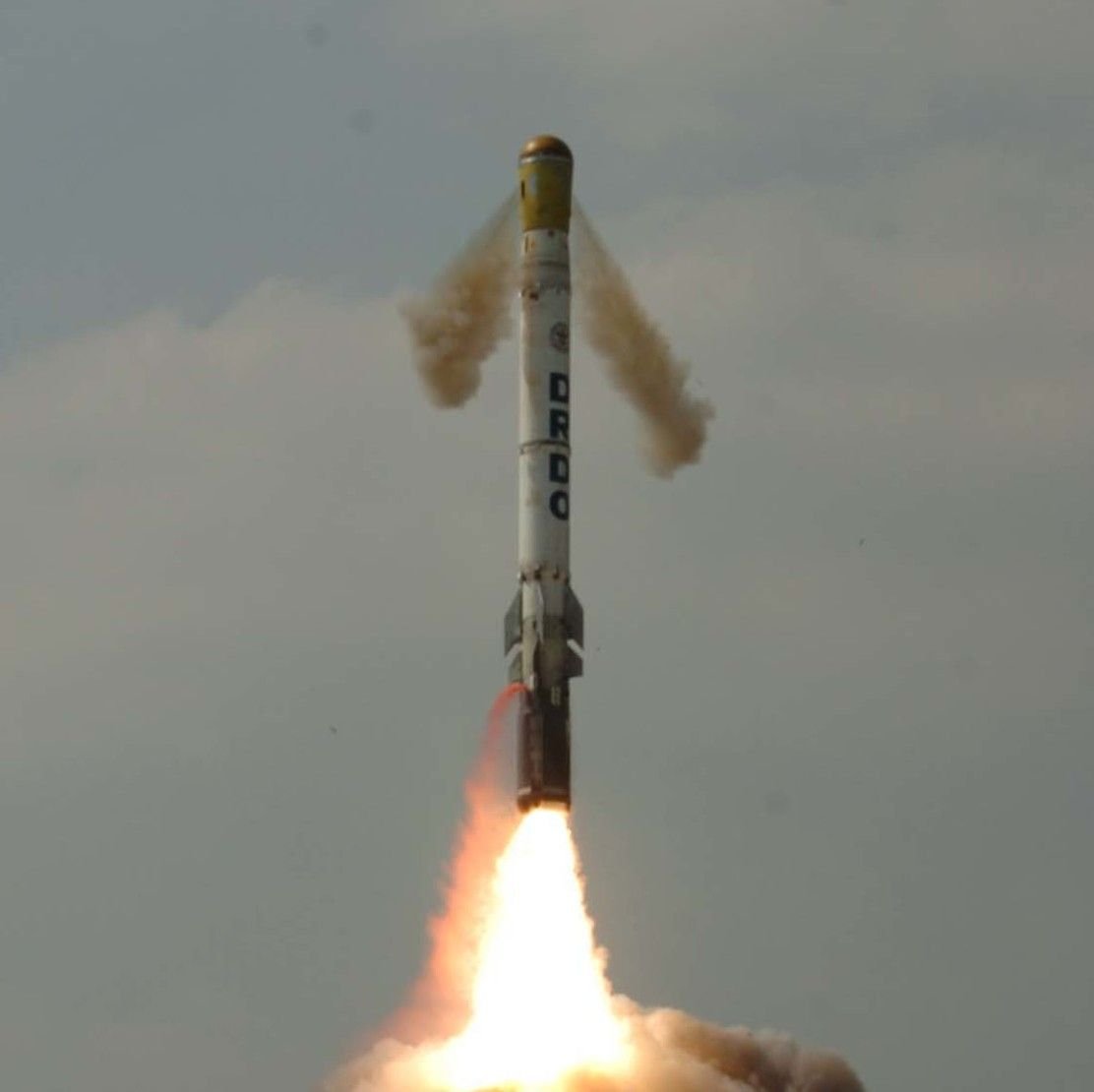
The first thing that you must notice is that the while the fins of the Agni series are on the warhead, the fins of the K-15 derivatives or on the missile body.
This is because the missile body is retained at reentry to follow what DRDO calls quasi-ballistic trajectory.
This is because the missile body is retained at reentry to follow what DRDO calls quasi-ballistic trajectory.

In this quasi-ballistic trajectory or Boost-glide trajectory, the missile skips across the top of the atmosphere like a stone on a flat lake.
K-15 series uses its missile body to develop lift from the atmosphere to achieve this skip behaviour. Yes cylinders do generate lift.
K-15 series uses its missile body to develop lift from the atmosphere to achieve this skip behaviour. Yes cylinders do generate lift.
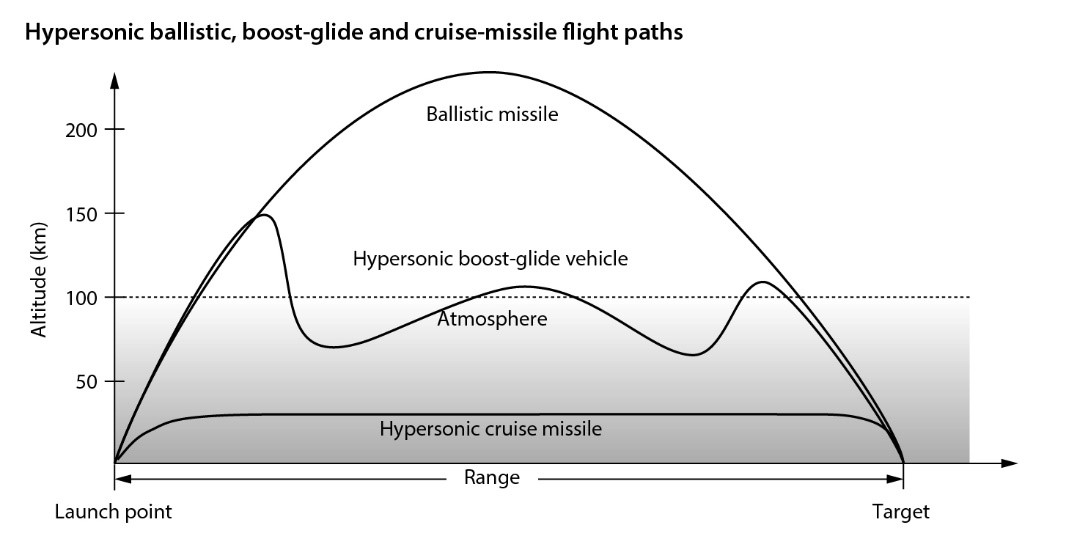
This is better than MARV in 2 aspects. 1st, since the missile doesn't reach very high altitudes, it appears above the target horizon much later, decreasing response time significantly. Also, they can maneuver much more than an MARV thus further reducing chance of interception.
K-15's first test dates are shrouded in mystery but by the 2015, DRDO had mastered this tech. Many variants of K15 started arriving.
So what is this current missile?
While K15 series follows the skip glide trajectory, this missile follows the steady glide trajectory.
So what is this current missile?
While K15 series follows the skip glide trajectory, this missile follows the steady glide trajectory.
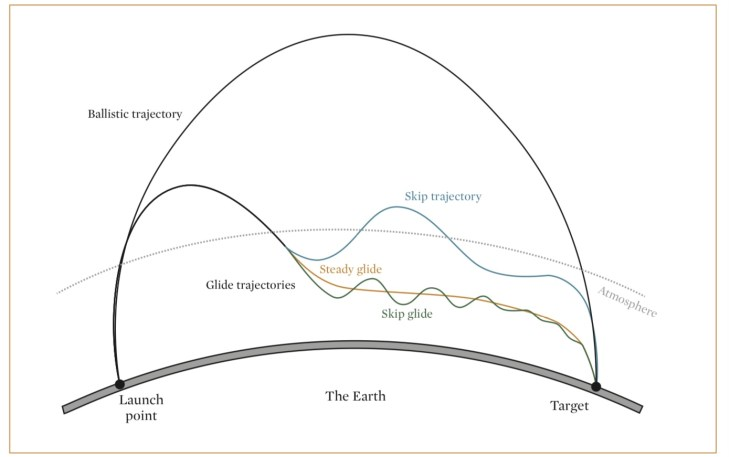
But why? Because they are intended to hit moving targets. Although the name is withheld, it is an open secret that it is designed to hit ships at 1500 km range.
This infographic is wrong, it is not a quasi-ballistic missile.
This infographic is wrong, it is not a quasi-ballistic missile.
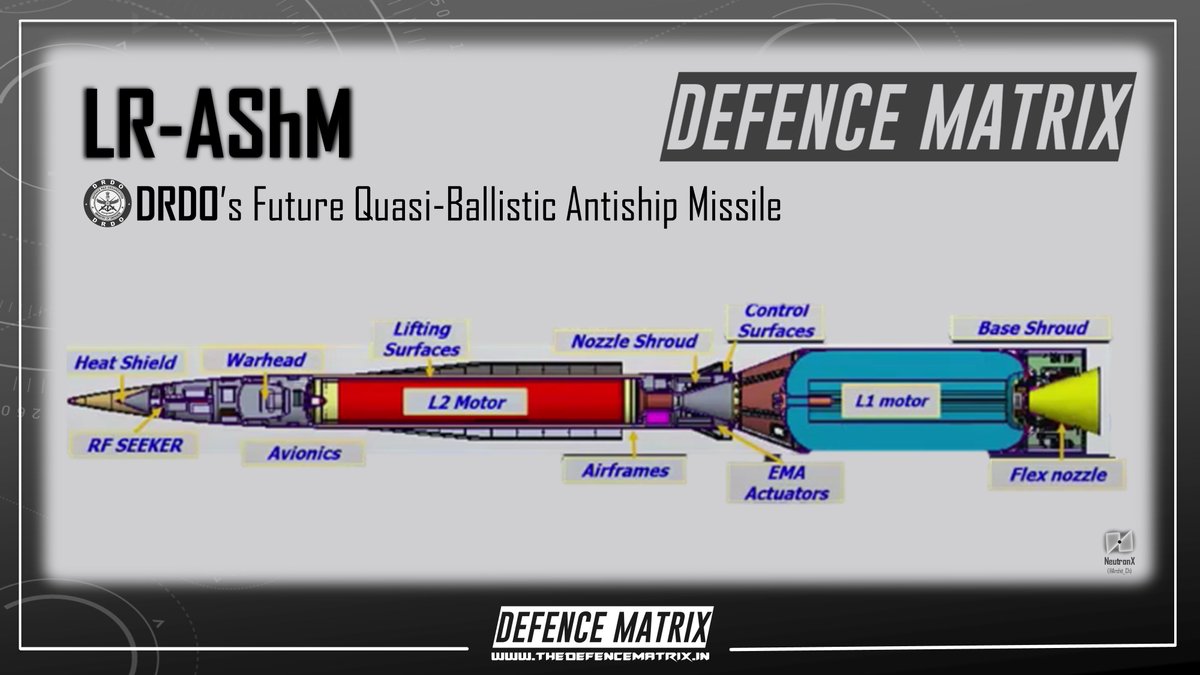
To hit a moving target like a ship, it has to 1 detect and track the ship and two hit it with extreme precision. If you miss a ship by 10 mtrs, nothing will happen to the ship!
One required CEP of <10 mtrs against a moving target at 1500 kms.
That's no joke!
One required CEP of <10 mtrs against a moving target at 1500 kms.
That's no joke!
You can't be skipping around at those speeds and hit a mobile target taking evasive maneuvers. You need to cruise, nice and smooth.
That's why this missile has wings. And don't think those wings are small. At those speeds they create very significant amounts of lift.
That's why this missile has wings. And don't think those wings are small. At those speeds they create very significant amounts of lift.
One can make many kind of gliders. DRDO has gone for the simplest one (relatively speaking). There are fancier hypersonic glide vehicles. They create lift more efficiently, but are more difficult to control.
Also, they would require fairings for boost phase.

Also, they would require fairings for boost phase.
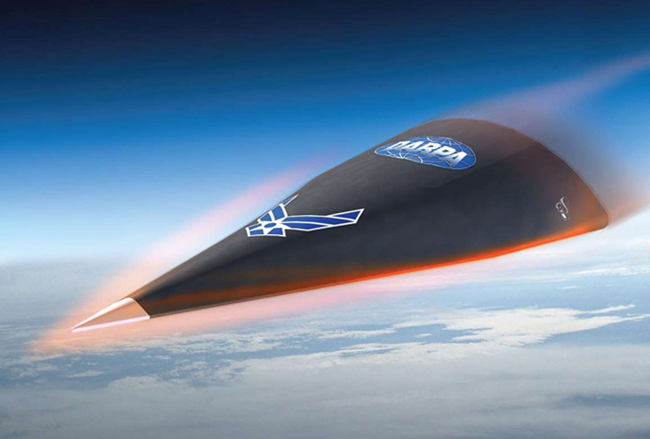
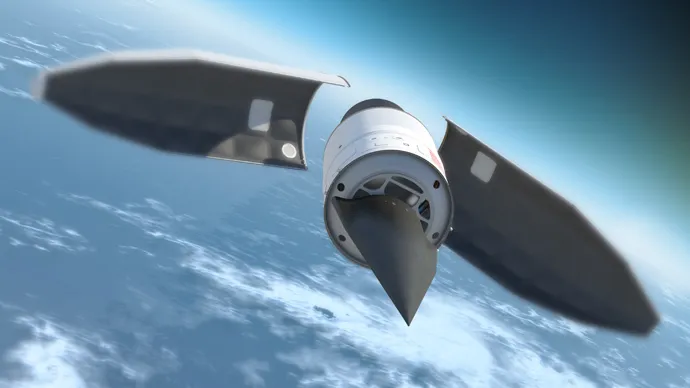
I love DRDO's design because of its simplicity.
I am not clear of one thing. Is the glider powered during boost or after reentry. DRDO has several publications on low power solid rocket motors which would be perfect for the latter But I think this is not the case.
I am not clear of one thing. Is the glider powered during boost or after reentry. DRDO has several publications on low power solid rocket motors which would be perfect for the latter But I think this is not the case.
I think it is a 2 stage boosted missile. and it is a hypersonic guided glide vehicle at re-entry.
This brings us to the final. A frontier for mankind. Powered hypersonic glide vehicles.
DRDO's effort in this front is called HSTDV.
This brings us to the final. A frontier for mankind. Powered hypersonic glide vehicles.
DRDO's effort in this front is called HSTDV.
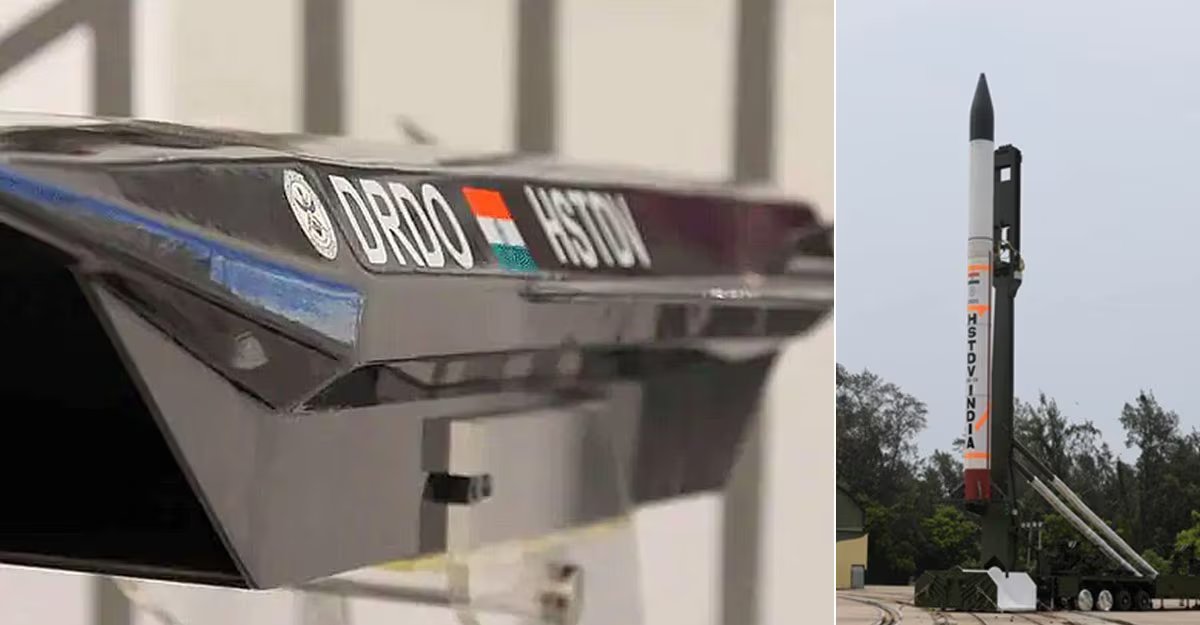
This kind of vehicle doesn't leave the atmosphere. It flies at constant hypersonic speeds by using scramjet powered flight.
ISRO and DRDO have both shown powered flight of a 6-20 seconds. But this is the ultimate frontier. And it's a challenge of all of mankind.
ISRO and DRDO have both shown powered flight of a 6-20 seconds. But this is the ultimate frontier. And it's a challenge of all of mankind.
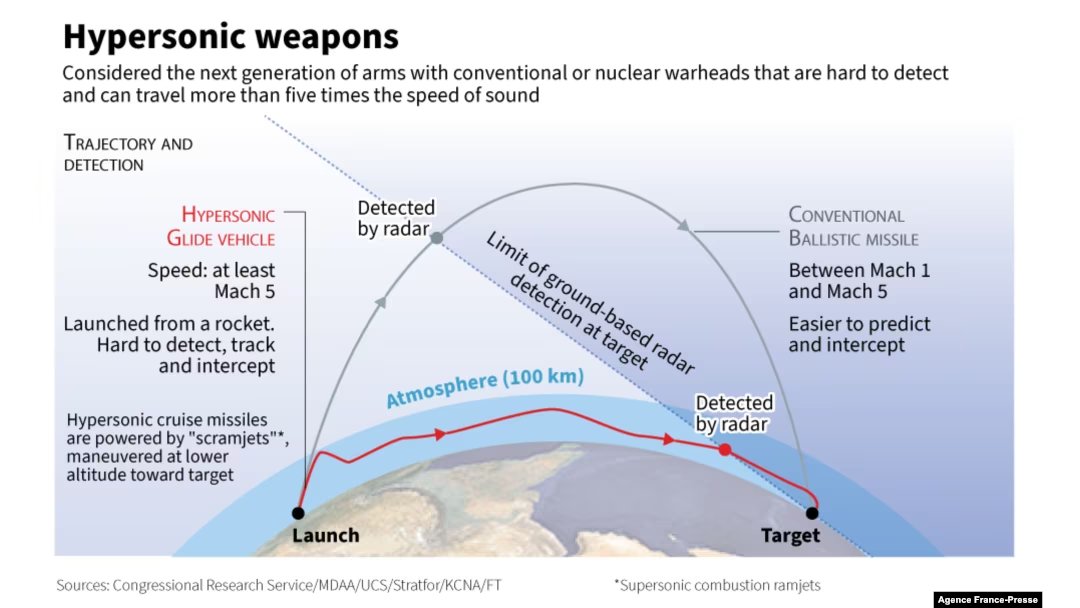
• • •
Missing some Tweet in this thread? You can try to
force a refresh





